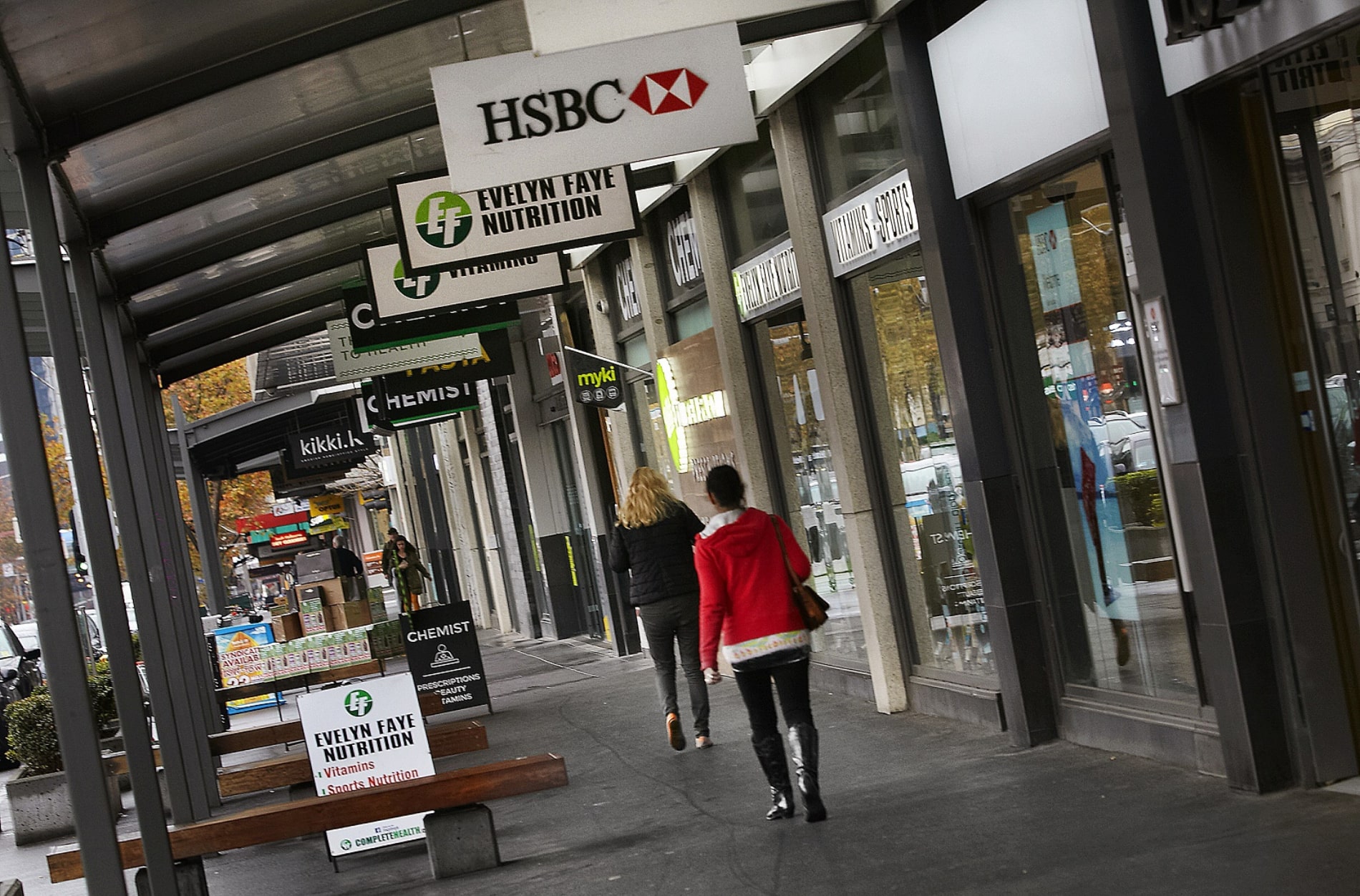While the traditional offline retail sector has been under pressure from online sales for some years now, the impacts of social and economic restrictions put in place to manage the spread of the novel coronavirus has dramatically exacerbated the trend. This has led to what can only be described as a transformational impact on the sector.
This transformation has significant ramifications for the retail sector itself but equally as dramatic implications for the retail real estate sector. While Australian governments have been quick to introduce short term measures, both to manage the impacts on retail tenants from a lease cost and security perspective and also to maintain business viability through schemes such as the Commonwealth’s Job Keeper program, the reality is that many of these measures have been at the expense of security and viability for lessors.
Further, as these schemes begin to wind back during the early part of 2021, it is expected to lift a veil on the true viability of the retail sector, particularly at the smaller end where businesses don’t necessarily have the financial and human capital to withstand and adapt to the rapidly changing world.
Two key trends seem likely to emerge as we move to a COVID normal economy.
First, the retail businesses that survive and prosper are likely to be those that can adapt most readily to an effective hybridisation of online and offline sales. This is likely to have material implications for retail real estate – for example, a shift to shorter leases and an increase in alternative models such as pop-up shops and display shops for online markets.
Second, it seems likely that there will be considerable consolidation within the retail sector as larger retailers and chains seek to exploit their capital advantage and increase market presence and share.
For landlords in the retail real estate space, there is also a driving imperative to consider new and emerging models of business that seek to understand and respond to the emerging needs of the retail sector. There is some concern that the level of trust between tenants and landlords will come under considerable pressure over the short to medium term. Undoubtedly, the traditional “power balance” between tenant and landlord, particularly at the smaller end of the sector, will change dramatically – it is expected that supply will greatly exceed demand for some time to come which means that the landlords that can adapt, work with tenants to understand new business models and expectations and develop rental models to suit, are likely to be the beneficiaries of the new retail world order.
There are, of course, some other interesting potential developments that may benefit landlords focused on the smaller end of the retail trade. One clear observation is that many people in the community are actively avoiding larger, more densely populated shopping centres in favour of smaller, strip style shopping experiences. This has potentially important implications for landlords exposed to the standalone suburban retail market.
Regardless of what 2021 and beyond brings, there is no doubt that the retail sector is changing, bringing with it both challenges and opportunities which the astute landlord investor can capitalise on with good advice and careful consideration of options.
